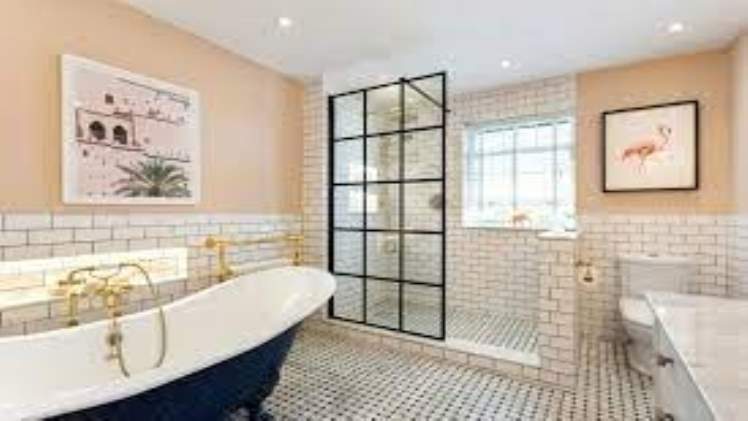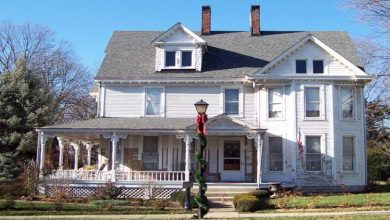The Best Bathroom Tile Patterns for Floors & Shower Walls

Your shower is a blank canvas on which you can convey your style while also providing a strong functional space. When selecting bathroom tiles, take into account factors such as presence, resilience, and expense. Furthermore, bathroom tiles should be waterproof, anti-skid, and easily cleaned to avoid bacterial growth, microbes, and mold.
When choosing tiles for bathroom remodeling, one crucial consideration is vitreousness, or the tile’s capacity to soak up water. Nonvitreous tile, such as terra-cotta, soaks and should only be used as an accent. Vitreous tile, in contrast, appears to work well enough in high-traffic areas, making it an ideal preference for wall tiles and other bath areas.
Top 3 Bathroom Tile Patterns for Floors & Shower Walls
To avoid slips and falls, all bathroom tiles must have an elevated friction coefficient. We’ve put together a list of some popular bathroom tile options. Here are the top three tile flooring choices for the bathroom remodeling.
-
Porcelain & Ceramic Tiles
Ceramic and porcelain tiles are created from a clay composition that is prodded into shape and ejected at increased temperatures in a blast furnace. These are the most famous tiling components for bathroom flooring because they are inexpensive, extremely durable, blemish resilient, highly efficient, and non-porous. Porcelain and ceramic tiles would both be made of clay, but porcelain tiles are created with fine-grained clay and exposed to relatively high temperatures and pressure.
They can also be glossed and merged with high digital images to produce layered designs. Furthermore, glossy porcelain or ceramic tiles are easy to scrub and can be washed with mild detergent and water.
-
Cemented Tiles
Cement tiles, also known as encaustic cement tiles, are handcrafted. These are solid, long-lasting, and have an innately hard texture that makes them slip-resistant. Some cement tiles have a rough-hewn appearance, whereas others have a smooth texture. Cement tiles with smooth surfaces are highly recommended for the bathroom remodeling.
There is also a wide range of colorful, graphic structures that make an impact on walls and floors. Cement tiles can be washed with non-acidic cleansers, such as those intended for natural stone, after they have been sealed.
-
Natural Stone Tiles
When it comes to construction/home improvement, natural stone tiles such as slate, granite, travertine, or limestone can look equally comfortable in rustic or modern bathrooms. They provide your bathroom with a classic appearance. However, natural stone tile must be resealed at least every year to safeguard the exterior from moisture.
Natural stone is firm, sturdy, and has appealing grain patterns that make it visually appealing. These materials can be purchased as machine-cut stone slabs that can be cut into square and rectangular tiles.
Conclusion
Tile is possibly the one specific material that can dramatically change your bathroom. There’s a look for everyone, whether you choose a classic tile backsplash, or square ceramic tile for a vintage look, or get creative by combining two distinct bathroom tile designs side by side. These three tile floor ideas will energize and inform your upcoming bathroom remodeling and provide everything you need.




